Meze Audio, the renowned high-end audio brand from Baia Mare, Romania, has built a global reputation for crafting premium headphones that combine stunning design with exceptional sound quality. Known for their meticulously engineered IEMs and flagship over-ear models that can cost thousands, Meze continues to impress audiophiles worldwide.
The newly released Meze POET uphold the brand’s legacy of luxury and precision. With its refined aesthetics, superior build quality, and comfortable fit, the POET is a standout choice for discerning listeners seeking high-performance sound in a compact, stylish form.
The Meze Audio POET is a $2,000 open-back planar magnetic headphone that introduces a brand-new driver design. It blends the sonic DNA of Meze’s flagship ELITE with the practicality of LIRIC—aiming to deliver reference-grade sound in a more refined and mobile-friendly package.
The real question: can the POET bridge the gap between high-end performance and everyday usability? We put it to the test.
Special thanks to Meze Audio for providing the POET for review.
Technology
At the core of the POET is RINARO’s MZ6 Isodynamic Hybrid Array driver—an evolution of the MZ4 and MZ3SE units found in Meze’s LIRIC and ELITE headphones, respectively. Developed by RINARO, the Ukraine-based acoustic engineering firm behind all of Meze’s planar drivers, the MZ6 features an ultra-light Parus diaphragm, weighing just 0.06 grams. It’s driven by a hybrid magnet array of precisely positioned neodymium magnets, designed to energize the diaphragm surface uniformly for accurate, high-resolution playback.
Etched onto the MZ6 Isodynamic driver is a dual-driven voice coil system. The upper switchback coil handles bass frequencies, while the lower spiral coil—positioned directly over the ear canal—reproduces midrange and treble for a more immediate and natural sound delivery.
For the first time, Meze Audio has partnered with American headphone specialist Dan Clark Audio, integrating its Acoustic Metamaterial Tuning System (AMTS) into the POET. This advanced acoustic structure sits between the driver and the ear and incorporates both diffusion elements and Helmholtz resonators. The result is a more refined high-frequency response, reduced standing waves, and significantly lower listening fatigue—especially over long sessions.
Together, these technologies contribute to a remarkably low Total Harmonic Distortion—kept below 0.05% across the entire frequency range. With a sensitivity of 101dB/mW and an impedance of 55 Ohms, the POET is relatively easy to drive, making it compatible with a wide range of sources. How that translates into real-world listening performance will be explored later in this review.
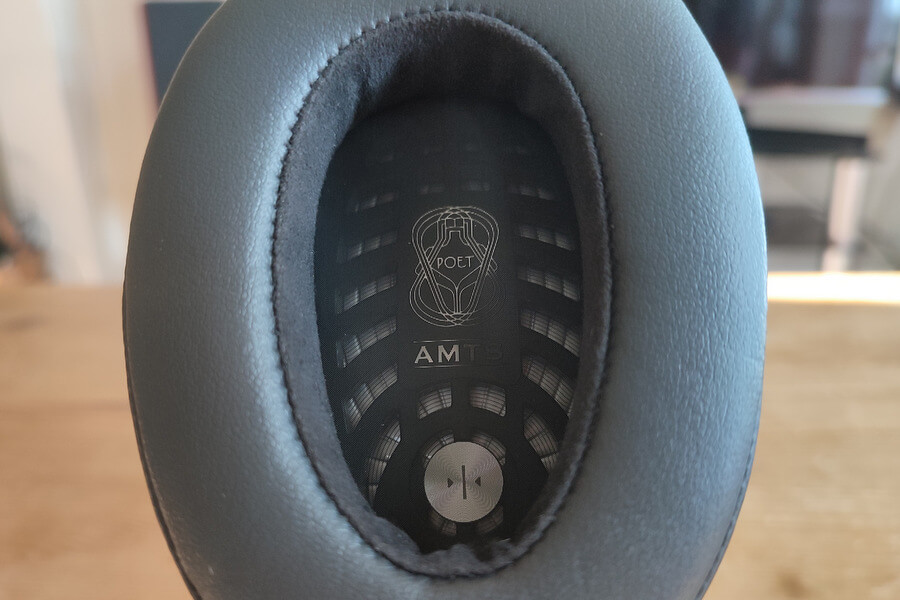
Design & Comfort
From the moment you unbox the POET, it’s clear you’re dealing with a premium product. The headphones arrive in a robust hard-shell case, and even the user manual is printed on thick, high-quality stock that screams luxury.
Inside, you’ll find a leather pouch containing a beautifully braided copper cable—roughly three meters long with a ¼-inch termination. A similar cable sells for over $200 on Meze’s website, so it’s reassuring to see no corners cut here. The dual 3.5mm connectors into the headphones also make cable swapping a breeze.
As with all Meze headphones, the POET is a true work of art. The copper-colored steel grilles feature intricate patterns, while the sculpted magnesium chassis, copper adjustment rods, and suede leather headband come together to form a visually stunning design. The smaller earcups and compact frame give the POET a more portable—or at least transportable—feel.
Comfort is exceptional, with one potential caveat. The magnetically attached leather earpads and suede headband offer a plush, fatigue-free fit. Despite weighing in at 405 grams—a reasonable number for a planar magnetic headphone—the POET remains one of the most comfortable pairs I’ve used. The clamp force strikes a perfect balance, secure without being intrusive.
Now, onto that caveat: I noticed an unusual sensation of air pressure building up between my ears and the earcups while wearing the POET. It’s hard to pinpoint the exact cause, but my best guess is that the thick leather earpads combined with the compact earcup size create such an effective seal that air has a tough time escaping. It’s not a dealbreaker, but definitely something worth noting for those sensitive to pressure buildup.
I know I’m not alone in experiencing this—YouTube reviewer WaveTheory mentioned a similar sensation in his analysis of the Meze Empyrean II, noting the airtight seal and resulting pressure effect (see from 26:40: WaveTheory Review). It’s possible that this phenomenon is subtly influencing my perception of the POET’s sound quality as well—which we’ll dive into next.

Listening
A mix of Spotify streams and hi-res FLAC files served as the test material for the POET, played back from both a laptop and smartphone.
For source gear, the POET was run directly from a smartphone’s headphone jack, as well as through the iFi GO bar Kensei dongle DAC, JDS Labs Element IV, and the Aune S17 Pro/SMSL DO400 stack to evaluate how it performed across different setups.
Across the board, the POET delivered a smooth, relaxed listening experience with a clear emphasis on musicality and effortlessness. However, this came at the cost of some detail retrieval and macrodynamic punch, hinting at a design that leans toward heavy damping and a more laid-back presentation.
Bass
The low-end response on the POET is well balanced, with a pleasing ratio between mid-bass and sub-bass. That said, there is a subtle sub-bass roll-off—noticeable when trying to hear the near-20Hz tone at 03:26 in “Why So Serious?” by Hans Zimmer and James Newton Howard. At my typical listening level of 65dB, it took some effort to make it out.
Midbass and upper bass are somewhat elevated above neutral, adding satisfying punch to kick drums and warmth to male vocals. However, it’s a more restrained tuning compared to much of Meze’s lineup, which typically features a more prominent bass shelf.
Importantly, the bass remains well controlled and never bleeds into the midrange, keeping the mix clean and well separated.
Midrange
The POET’s midrange leans forward, bringing vocals—especially female—prominently into focus. Melody Gardot’s “Perhaps You’ll Wonder Why” was a standout, with her unmistakable voice sounding rich, full, and front-and-center.
True to Meze’s relaxed house sound, the midrange has a natural softness that flatters acoustic instruments and vocal-centric tracks. However, this smooth, rounded presentation may lack the bite and attack that genres like rap or hip-hop often demand.
If I had to sum up the POET’s midrange in one word, it would be life-like—a warm, organic tuning that prioritizes emotional engagement over clinical detail.
Treble
The first thing I noticed about the POET’s treble was a lift in the frequencies above 10kHz. While it didn’t bother me personally, those who are more sensitive to treble might find the uppermost registers a bit too lively.
That said, the rest of the treble is a different story—smooth, even, and free of any harsh peaks. It brings a velvety character to the sound that can make even the most aggressive or sibilant tracks easier on the ears.
Take “Weird Fishes/Arpeggi” by Radiohead, for example. The constant hi-hats can become fatiguing on some headphones—like the HiFiMAN Arya Organic—but with the POET, they remained smooth and non-intrusive.
Overall, both the bass and treble have a tube-like softness that smooths over the finest details, yet creates a wonderfully relaxing and immersive listening experience. The POET may not chase absolute precision, but it wraps you in the music in a way that feels effortlessly engaging. Those looking for an incisive sounding pair of headphones should definitely look elsewhere.
Imaging, Soundstage & Transients
While the POET’s tuning has earned plenty of praise, its technical performance leaves a bit to be desired.
These are what I’d call “intimate” headphones—great for vocal presence, but lacking in soundstage width, imaging precision, and layering depth. For listeners like me who value spaciousness and dimensionality, the POET can feel a little confined, even if the overall tonality is spot on.
I suspect a considerable amount of damping was used to shape the POET’s tuning, which seems to come at the cost of perceived detail and dynamic punch. That air pressure sensation I mentioned earlier might also be dulling the transients—but that’s purely speculation on my part.
In terms of technical performance, I found both the HiFiMAN Arya Unveiled and the Sennheiser HD800S to outclass the POET. They offered greater resolution, soundstage, and overall clarity—and both come in at a lower price point. That said, neither matches the POET’s exceptional build quality or luxurious design.

Drivability
Although the POET boasts relatively high sensitivity, I found that the heavy damping meant I had to turn up the volume more than expected to hit my preferred listening level. Strangely enough, I needed to apply more gain than I did with the Audio-Technica ATH-R70x—a headphone with a much higher impedance of 470 Ohms and a lower sensitivity of 98dB/mW.
Given those specs, the R70x should have been more demanding, yet the POET required more juice from the same solid-state amplifiers, which was a bit puzzling.
Despite this, the POET remained easy to drive and forgiving even with lower-powered sources. It sounded perfectly fine when plugged directly into my smartphone’s headphone jack, showed slight improvements with the iFi GO bar Kensei, and exhibited only marginal gains on full desktop setups.
For example, I didn’t notice any improvement in perceived audio quality when switching from the tiny iFi dongle to the more powerful JDS Labs Element IV DAC/Amp, despite the latter offering over six times the output wattage. However, I was able to fine-tune the POET’s frequency response to my liking using the JDS Labs Core web app. They didn’t need much adjustment—just a subtle bass shelf for harder-hitting genres—but it was a handy tool to have nonetheless.
Moving up to the S17 Pro, the Class A amplifier added its signature warmth to the POET and helped widen its otherwise narrow soundstage—a welcome improvement. Still, I doubt even the priciest amps or DACs could fully compensate for the POET’s underwhelming detail retrieval and middling imaging performance.

The Bottom Line
The Meze Audio POET is undoubtedly one of the most stunning and well-constructed headphones I’ve had the pleasure of reviewing, featuring premium materials and exceptional all-day comfort. The sound is pleasing and well-tuned, but it falls short in terms of dynamics and soundstage capabilities.
While the build quality justifies a price tag in the multiple thousands, the sonic performance may not fully match that level. Ultimately, it comes down to what you prioritize most in your audio gear.
Pros:
- Exquisite build quality
- Superbly comfortable
- Smooth, relaxed sound profile
- Easily powered off portable sources
Cons:
- Overdamped sound lacking macrodynamics
- Less technically proficient than several headphones in the $2,000 price range
Where to buy:
Related Reading:





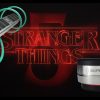

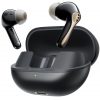
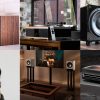







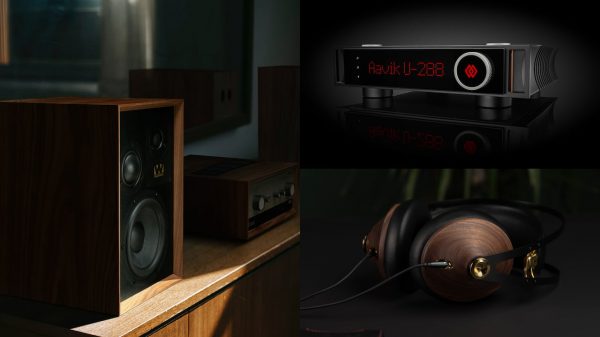
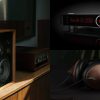
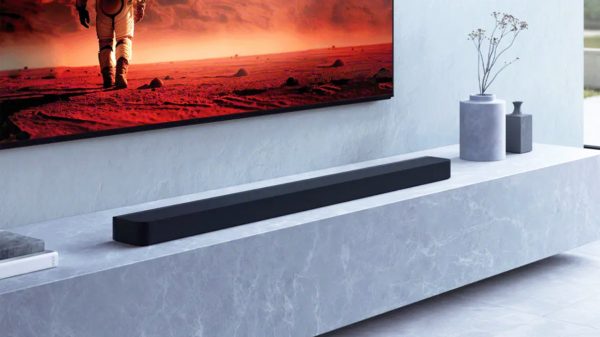
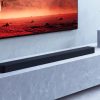
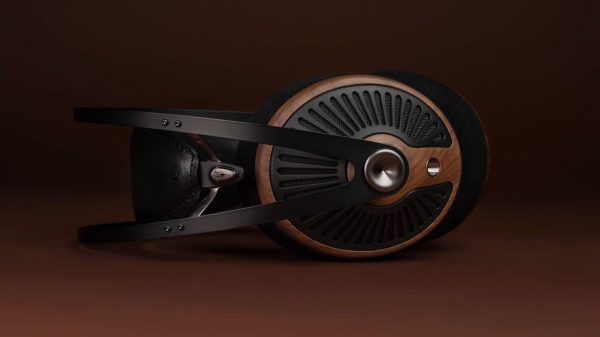













Antonio the Cynic
April 17, 2025 at 1:11 pm
How novel.
An honest review not overflowing with gushing hyperbole that tells us nothing.
I really like their headphones but the $2,000 price tag felt like a stretch.
There are better Meze for less and more.
Ian White
April 17, 2025 at 1:29 pm
Anton,
James was a find. He’s young, a talented writer, and not tainted by decades of audiophile BS and PR fluff. Expect another 4-5 headphone reviews from him in the near future. He’s a keeper.
And as someone who owns 4 pairs of Meze headphones…I consider them my benchmark. I’ve not heard the POET yet, but the price did raise an eyebrow. The Empyrean II are world-class and only $995 more. My 99 Classics are 6 years old and still wonderful. I get asked about them in the airport or local cafes here in FL almost all the time. The 109 Pro are even better. Meze is an elite brand. Like Audeze.
IW